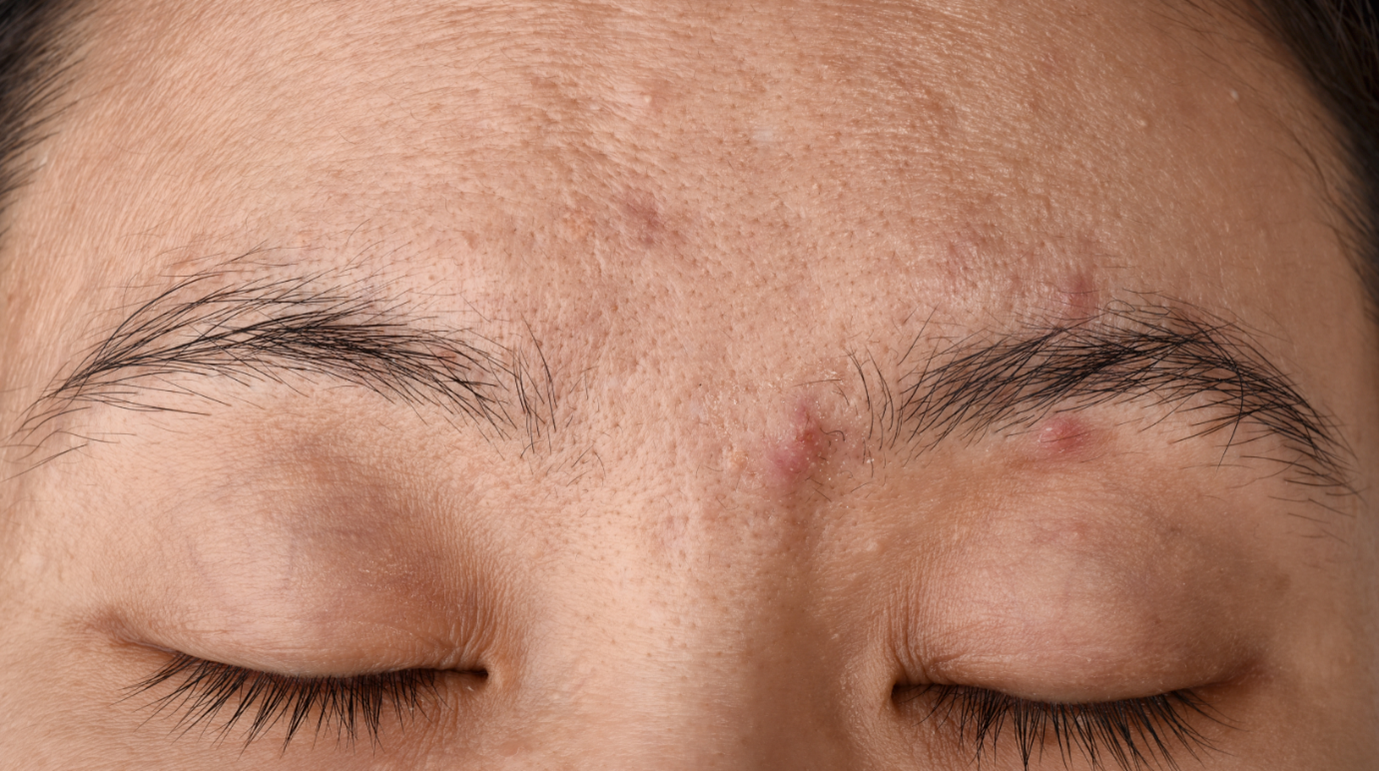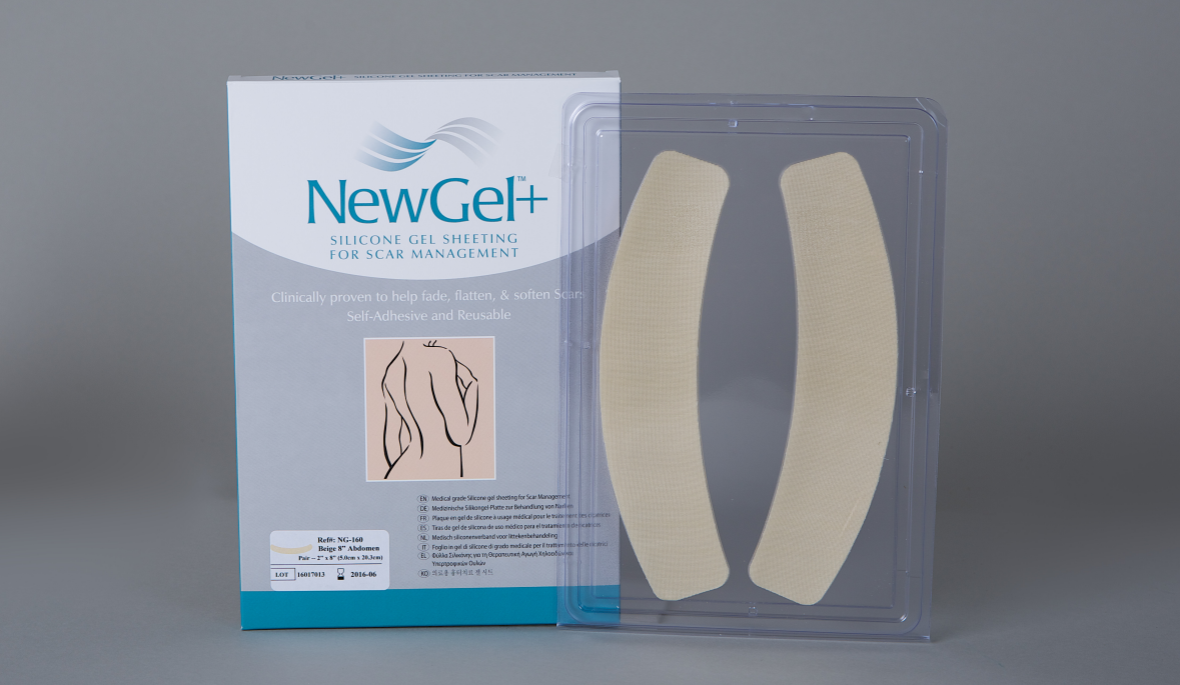This post is all about the dreaded C-section pooch. If you’re not familiar with this term, a C-section pooch refers to any extra skin or fat that gathers at the bikini incision line after a C-section. Many women find this bulge to be resistant to diet and exercise, which can be very frustrating. While following a healthy diet and committing to regular physical activity can help reduce the C-section pooch to some extent, the depth of C-section scars makes this area of excess skin and fat particularly challenging to get rid of. Below we are discussing what exactly causes the C-section pooch along with how plastic surgery can help to get rid of the pooch quickly and effectively.
WHAT CAUSES THE C-SECTION POOCH?
Of course, the C-section pooch results after giving birth via cesarean section, but this pooch can also occur after any surgery that involves abdominal incisions, such as a hysterectomy. Contrary to popular belief, surgeons do not cut any abdominal muscles when making horizontal incisions during C-sections. Rather, they first cut through the skin, then the subcutaneous tissue (a layer of fat beneath the skin), and lastly the fascia. Fascia is a sheet of connective tissue composed primarily of collagen that holds muscles and other internal organs together. The muscles are not cut; they are pulled apart so that the surgeon can gain access to the uterus.
Once the surgery is complete, the incision on the uterus is closed with dissolvable stitches and the skin closed with either stitches, staples, or surgical glue. The fascia is left to heal on its own, and how it heals depends on an individual’s characteristics. Some women are lucky to come away scar-free, without any sign of a C-section pooch. However, other women are left with a red, rigid scar often accompanied by an overhang of loose skin.
According to top plastic surgeon Dr. Steven Teitelbaum, M.D., the C-section pooch does not necessarily indicate that the scar itself is bad. Rather, the C-section pooch develops because the scar is stuck to the muscle, creating an indentation and sometimes a little overhang of tissue above. Dr. Teitelbaum shares in an interview with Goop that C-section scars are “far and away the most common scars” he sees in his practice.
PLASTIC SURGERY FOR A C-SECTION POOCH
Since the C-section pooch is formed due to improperly healed fascia, it makes sense as to why diet and exercise will not rectify this problem. Similarly, treatments that only address the surface of the skin and fat, such as laser, liposuction, freezing of fat, or injections beneath the skin, will not correct the C-section pooch. Phoenix plastic surgeon Dr. Larry C. Leverett, M.D., FACS, shares that fabulous results can be achieved with abdominoplasty (tummy tuck) with limited liposuction and that “lesser attempts are likely to be wasted money, time, and effort”.
Dr. Teitelbaum agrees that the C-section pooch is very straightforward to repair, either on its own or in combination with some sort of a tummy tuck. The surgeon can also contribute to the overall appearance of the scar that will inevitably appear after this procedure. Dr. Teitelbaum explains that it’s very important for a surgeon to make a clean, perpendicular incision and be extremely gentle with the edges. By avoiding trauma during surgery, the amount of damaged tissue will be minimized, resulting in a narrow wound that should heal into a clean, straight scar.
SCARRING AFTER PLASTIC SURGERY
Plastic surgery can be the answer for many women who are frustrated with the appearance of their C-section pooch and want to regain their pre-pregnancy bodies. It’s important to keep in mind, though, that while plastic surgery will correct the underlying issue (the improperly healed fascia), there will still be noticeable scarring on the skin, as is the case after any surgical procedure. This is where NewGel+ can help.
NewGel+ provides you with a line of high-quality, clinically proven silicone gel scar treatment products. In fact, NewGel+ offers the widest variety of silicone gel products available, including sheets, strips, shapes, and two tube sizes of topical silicone gel. Our silicone strips, sheets, and gel are perfect for tummy tuck scars. Unlike products found in pharmacies that are only a few inches long, the variety of lengths offered by NewGel+ provide plenty of options for the coverage you need. Plus, the strips can be cut to fit whatever size scar you have.
If plastic surgery is your answer to get rid of your C-section pooch once and for all, trust NewGel+ for your post-op scars to reduce, flatten, and fade scar appearance.
Trust NewGel+ to soften, flatten, and fade your scar
1300 294 649 // sales@ssau.au // Supplying medical products to the healthcare market





